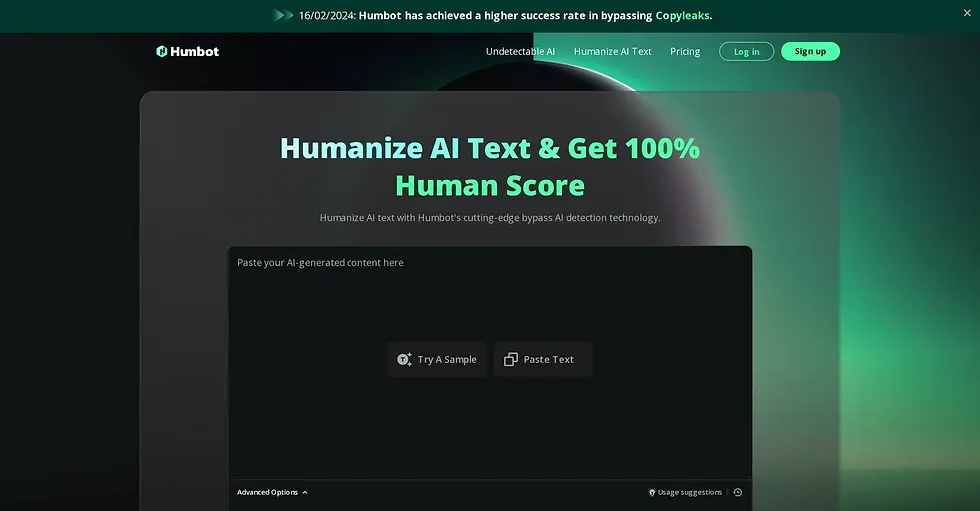Meta's Undersea Cable to Connect Five Continents
Alright, fellow tech enthusiasts, here's some big news—Meta (yes, the company formerly known as Facebook) is planning to lay down an undersea cable that will span five continents. Why? To carry data across the globe, including for developing artificial intelligence. Because apparently, AI isn't demanding enough already.
50,000 Kilometers of Fiber-Optic Magic
Imagine this: an undersea cable stretching over 50,000 kilometers (that's around 31,000 miles) connecting the US, South Africa, India, Brazil, and other locations yet to be disclosed. That's longer than the circumference of the Earth! If that doesn't scream 'next-level infrastructure,' I don't know what does.
Why Does AI Need This?
If you've ever tried running a complex AI model, you know it devours data like a black hole. Training large language models, computer vision systems, and other AI applications require massive amounts of bandwidth and ultra-low latency. Meta's undersea cable is essentially a highway for AI development, reducing bottlenecks and enabling faster, global-scale computations.
What This Means for Developers
- Faster data transfer speeds and lower latency for cloud-based AI training
- Better connectivity in regions that currently suffer from sluggish internet
- More reliable infrastructure for large-scale distributed computing
Translation: If you're working on AI, your models might train faster. If you're just trying to stream your favorite coding tutorial without buffering, well, this might help too.
Subsea Cable = Internet Backbone
For those unfamiliar, undersea cables are the backbone of the internet. No, satellites aren't doing all the work—over 95% of all internet traffic still relies on fiber-optic cables running under the oceans. These cables are engineered to withstand the harshest conditions, but let's not forget occasional 'oops' moments when ships' anchors or natural disasters sever connections.
What’s Next?
Meta hasn't revealed the exact timeline for this ambitious project, but given the scale, this won't be an overnight job. Laying cables across seabeds takes years of planning, coordination, and plenty of deep-sea robot assistance. Still, the potential impact is huge, especially for AI research and global connectivity.
So, what do you think? Is this the beginning of an AI-powered, hyper-connected future, or just another case of Big Tech pushing deeper into global infrastructure? Either way, grab your popcorn—this is going to be interesting.
Get to know the latest AI news
Join 2300+ other AI enthusiasts, developers and founders.
- Comments생각을 공유하시겠습니까?첫 번째 댓글을 작성해보세요.




%20(1).webp)
.webp)






.webp)




